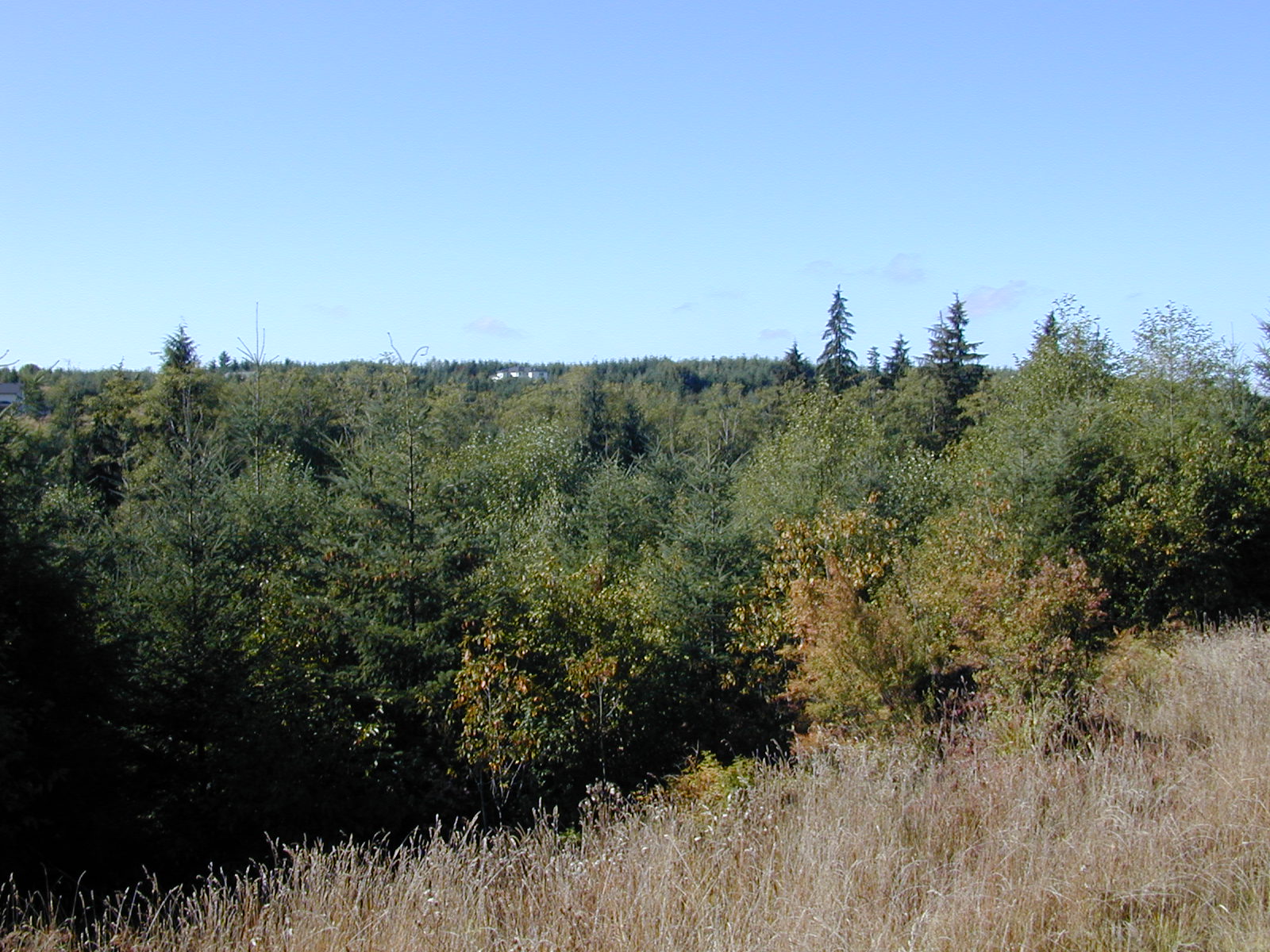Buying Vacant Land? 5 Key Factors To Consider
The Smart Buyers Checklist
Buying raw acreage or even a vacant residential lot can be a risky investment. I’ve always said that it doesn’t matter if it’s a $30 million dollar 1,000 acre block, or a $30 thousand dollar 1/4 acre lot, we all buy at the economic level we are at. That means it’s always a significant investment decision.
Since we know that every piece of land is different, each with its own unique characteristics, it’s crucial to make sound decisions throughout the due diligence period, taking care not to skip over critical parts.
In my opinion these are the top five factors to evaluate. They aren’t everything that should be investigated, but they are must-knows to avoid unnecessary risk.
(Links below each segment provide more in-depth information)
1. Zoning & Land Use Restrictions
• Check local zoning laws to ensure the land can be used for the intended purpose (residential, commercial, agricultural, etc.).
A key point here is to understand that zoning designations generally fall into approved uses and conditional uses. Approved uses are obvious and can be easily found. It is necessary to look deeper into the approved uses to see if there are use restrictions within the approved designation that might limited our intended use. Conditional uses are outside the designated uses and can be approved subject to an accepted application, review process, and the issuance of a Conditional Use Permit.
See in-depth details with this link:
https://www.landdevelopmentrealities.com/home/2019/9/17/zoning-basics
2. Environmental Investigation:
• Investigate potential restrictions like environmental protections or historic site designations that could limit development.
Environmental problems can be a huge concern. Problems related to the current and/or historical use of the property can tie the landowner into significant cleanup responsibilities, or render the land unusable. Once you are in the chain of title you are subject to potential environmental liability and cleanup exposure.
I believe that no single step in the pre-closing inspection and feasibility study of real property is more important than environmental inspections.
See more with this link:
https://www.landdevelopmentrealities.com/home/2019/4/23/environmental-problems-in-real-estate
3. Access to Utilities & Infrastructure
• Determine the availability of water, electricity, sewage, power, and internet services.
• If utilities aren’t readily available, factor in the costs of bringing them to the site.
Beyond these two main points it is essential to understand the concept of utility capacity. Example: One might mistakenly assume that water is available if a 15” water main runs under the road serving the property. Not so fast, there may not be additional hookups available. The availability of the line does not mean it has the capacity to serve the property.
More information on domestic water:
https://www.landdevelopmentrealities.com/home/2020/6/24/qdyxy52s8mtw0ltmilzcyu0sc492it
4. Land Topography & Soil Quality
• Assess the terrain for buildability—steep slopes, flood zones, or poor drainage that can prevent or complicate future construction.
Many a new land developer has eyeballed a property but failed to use investigative resources to confirm that his interpretation will hold with the county for a permit. For instance, a gently sloped property may look great to the naked eye but what do we know about the substrate? Is there a clay layer that might cause slippage or even a landslide in heavy rain? This is just one example of where professional investigation is necessary.
Learn more about topography here:
https://www.landdevelopmentrealities.com/home/2019/9/13/topography-in-real-estate-development
• Conduct a soil test if you plan to build, especially for septic system installation.
Does the soil perc? What does the septic designer say about where the system can be located? What kind of septic system will be required.
Types of residential septic systems:
https://www.landdevelopmentrealities.com/home/n9w7twnlh9dz7h9
5. Legal & Ownership Issues
• Verify the land’s title history to ensure there are no disputes, easements, or liens.
• Obtain a survey to confirm property boundaries and avoid future conflicts.
Beyond knowing the legal boundaries of a survey, it is very important to understand the deeded rights and obligations that come with the property - the bundle of rights - and whether there are dominant or serviant easements that affect it. It is also required to determine in what form title to the property will be transferred - tenancy.
Learn more here:
https://www.landdevelopmentrealities.com/home/2019/11/30/real-property-title-and-title-
Market Value & Future Growth Potential
I guess there really might be a 6th factor as well.
• Research local real estate trends to determine the land’s current and future value.
• Consider nearby development plans, economic growth, and demand for land in the area.
What good does it do to invest in land without knowing the market as it stands today and projecting the future value?
Each of these factors can impact the feasibility and profitability of your investment, so thorough due diligence is essential. Remember, this list is not comprehensive and professional advisement is recommended.
Good luck!
Contact me at: ldr@landdevelopmentrealities.com








